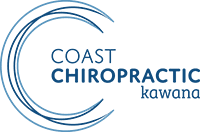
The thoracic spine region refers to the part of the spine that starts just below the neck to half-way down the back. This part of the spine is sometimes neglected, which is unfortunate because it is as prone to stiffness as other parts of the spine.
Having good thoracic spine mobility is important as a stiff thoracic spine can cause pain between the shoulder blades. Stiffness in the thoracic spine can also cause excess loading of the lumbar spine, the neck and shoulders, which in turn can lead to pain in these areas as well as headaches.
So lets get stretching this sometimes difficult area of the body to stretch. Here are three exercises we recommend you try this month! By stretching regularly you will be sure to see some improvement.
1.Thoracic Windmill Arm Sweep—Part 1

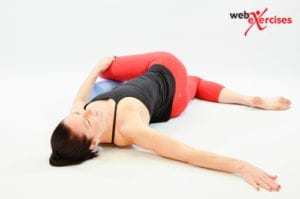
Starting Position: Begin lying on your side with the top knee and hip bent to 90 degrees. Brace your knee against a foam roll with the downside hand. The top arm is stretched out in front of you at shoulder level.
Movement: While keeping contact with the floor, sweep hand above your head and around as you try to lower your shoulder toward floor. Stop when the arm is again at shoulder level. Keep knee in contact with foam roll in order to eliminate hip movement. Return to start position and repeat.
2.Thoracic Windmill Arm Sweep—Part 2

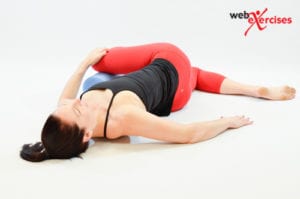
Starting Position: Begin lying on your side with the top knee and hip bent to 90 degrees. Brace your knee against a foam roll with the downside hand. Place the up arm on the floor above your head.
Movement: While keeping contact with the floor, sweep hand from above your head down to the low back as you try to lower your shoulder toward floor. Keep knee in contact with foam roll in order to eliminate hip movement. Return to start position and repeat.
3.Thoracic Spine Rotation
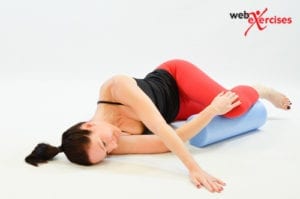
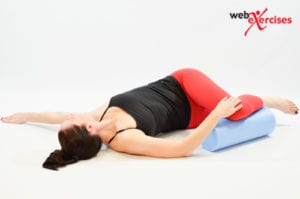
Starting Position: Begin lying on your side with the top knee and hip bent to 90 degrees. Brace your knee against a foam roll with the downside hand. The top arm is stretched out in front of you at shoulder level.
Movement: While maintaining knee and foam roll contact, rotate your upper body so that top arm reach across your body and touches floor on opposite side. Keep knee in contact with foam roll in order to eliminate hip movement. Return to start position and repeat
